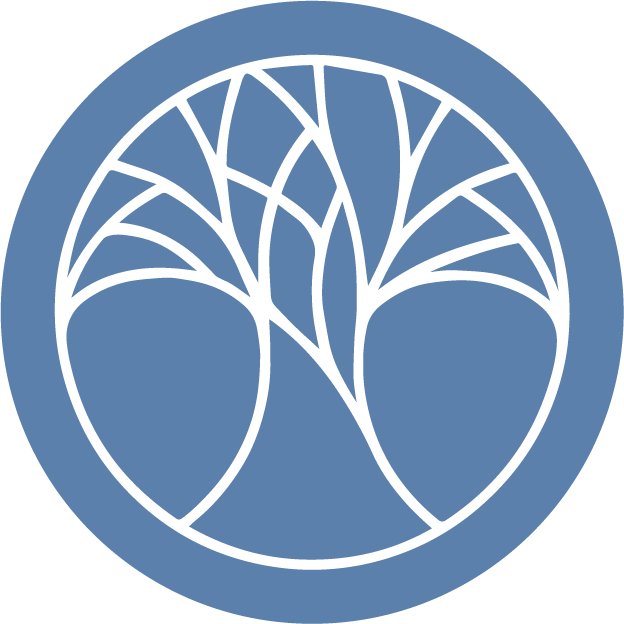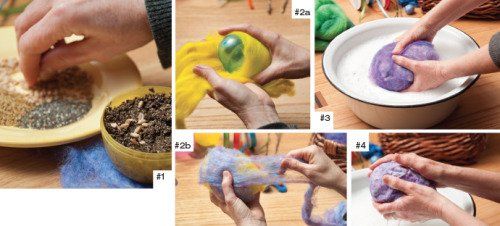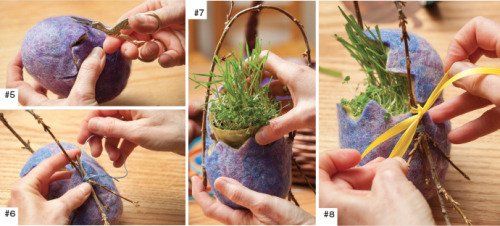See Acorn School in the Spring Issue of Visit Vortex Magazine! Let’s Make Wet Felted Eggs with the Acorn School
Let’s Make Wet Felted Eggs with the Acorn School
At Acorn School, nursery- and kindergarten-aged children spend their time both indoors and out, balancing restful times with active fun and individual play with group activities. Throughout the year at this school, children journey through the seasons and spend time honoring special traditions. One way we celebrate spring is by making felted eggs, which you can easily do at home.
At Acorn School, nursery- and kindergarten-aged children spend their time both indoors and out, balancing restful times with active fun and individual play with group activities. Throughout the year at this school, children journey through the seasons and spend time honoring special traditions. One way we celebrate spring is by making felted eggs, which you can easily do at home.
MATERIALS | For this project, you will need the following:
Two large plastic eggs, 100% wool roving (White Barn Sheep and Wool is an excellent source), ribbon, dish soap, hot water, embroidery floss, wheatgrass, alfalfa and mung bean seeds, forsythia branches, and small scissors.
#1 : About two weeks before you are ready to start felting, fill the bottom half of one of the plastic eggs with starter soil, and sow seeds. Wheatgrass will be the tallest, and the other two kinds will be curly and short. You can experiment with different seeds for different looks. These can be purchased at a health food store like the High Falls Food Coop. Place in a sunny spot and keep watered, being careful not to let the sprouts get too wet, for they will get moldy.
#2 : Cover the other egg with a six- to eight-inch square of wool roving, making sure that the wool is pulled apart into a “cloud” texture. Pull the wool firmly around to completely cover the egg. Take a second piece of wool, and put it in the opposite direction around the egg, layering in a cross hatch. I chose different colors for the inside and outside. The different pieces of wool can be the same color, of course, but it’s fun to use two different colors.
#3 : Cup the egg in your hand, and gently immerse it into hot, soapy water. Children especially love this part! It takes a while to fully wet the wool, at least as long as it takes to do a slow count to ten. Still cupping the egg, carefully take it out of the water.
#4 : While carefully holding the wet egg, squirt a thin stream of dish soap all around the egg. Then, holding the egg in one hand, start firmly PATTING the wool into the egg with your lubricated hand. At first, the wool will seemingly expand; have faith and keep patting until you begin to feel it shrinking—this will take about ten minutes of good patting. Once the wool begins to get well-felted, you can smooth the egg, making sure you have enough soap (but not too much!) on your hands to keep your hand from moving the wool around on the egg.
#5 : Once the wool feels snug and smooth around the egg and well-felted, finish with a hot rinse. Roll the egg in towels to remove excess water. When the egg is dry, use fine scissors to cut a zigzag most of the way around the egg, leaving approximately two inches across the back attached for a strong hinge.
#6 : Carefully remove the plastic egg. Take your twig and bend around the top, forming a handle. You will be tacking it at each side. Using strong embroidery floss, stitch the twig onto the felted egg.
#7 : Place the egg cup where your sprouts are growing into the felted egg.
#8 : Tie a ribbon at the corner.
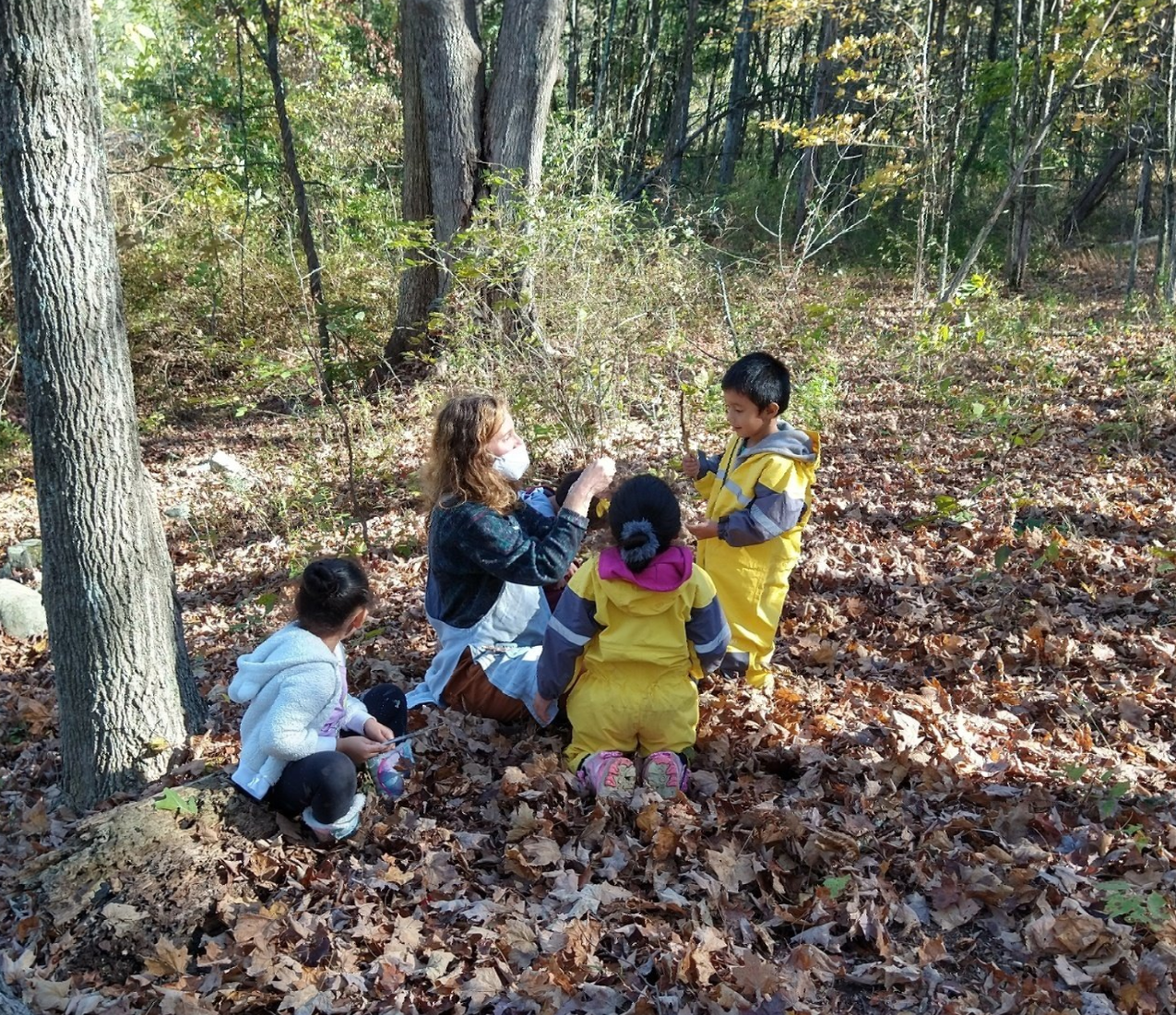
We are excited to share a new documentary about the work the Neighboring Tree Project did with a neighboring Head Start and the creation of an outdoor forest program for the children in their care. 🌿 Over the past months, Elia Gilbert , one of Acorn's kindergarten teachers, has been working with the Agri-Business Child Development Center team of educators to produce a 30 minute video which documents their collaborative process in creating an outdoor forest program for the children in their care. We hope this will inspire future Neighboring Tree Project collaborations, as well as other Waldorf educators to reach out to their neighbors in similar ways. We are now looking for more "branches" to our NT P work, as well as more Waldorf teacher people-power to work on the ground with our neighbors. After seeing the video and getting a sense of our work, please get back to us with any inspirations or feedback. We'd like to hear from our community! We hope you enjoy this film!
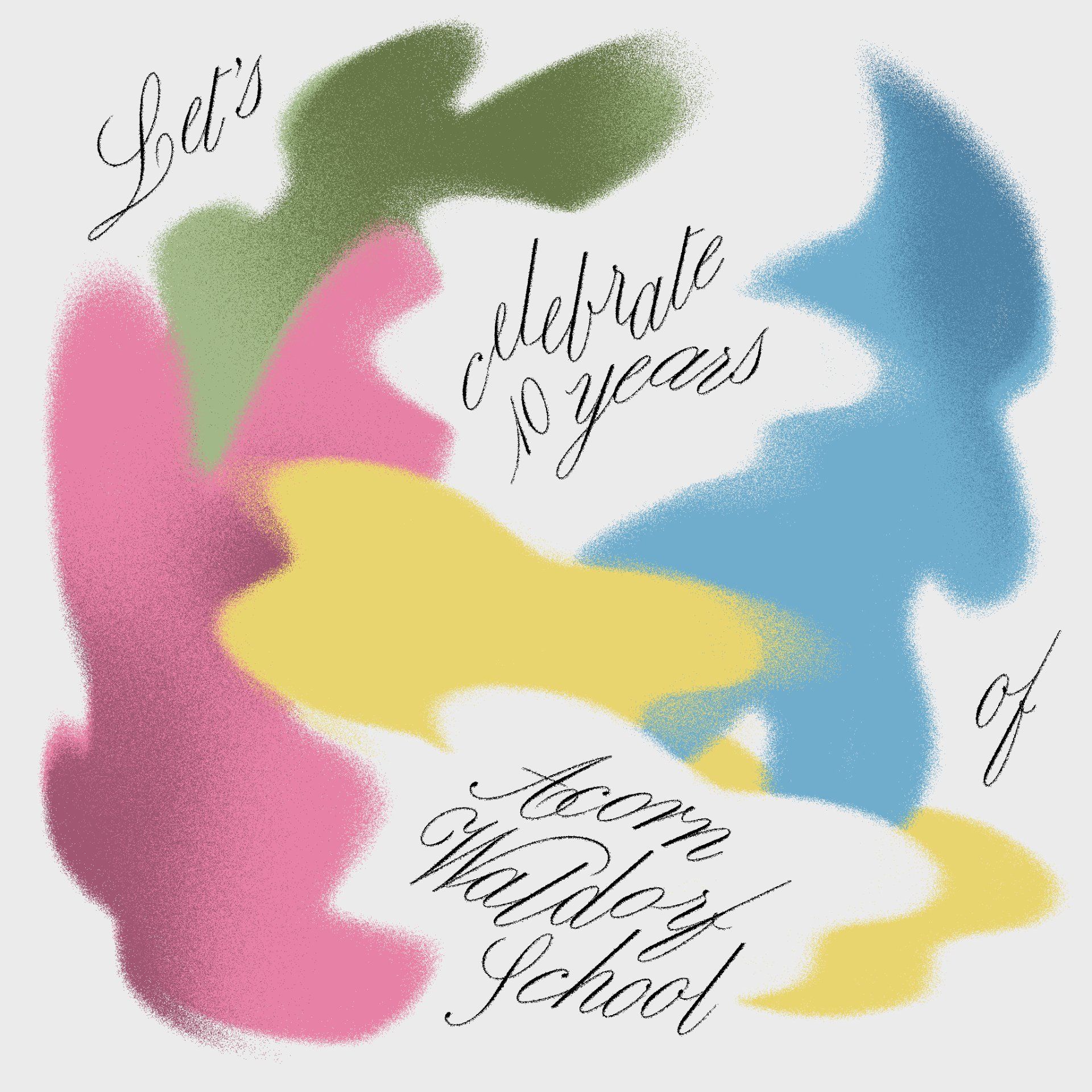
Let's Celebrate Together! Acorn Waldorf School is celebrating its 10 Year Anniversary! We began this wondrous journey with 8 intrepid families who took a chance on a tiny new program and, with their support and the support of so many families in the decade since, have grown into a vibrant center for Waldorf Early Childhood Education in the Hudson Valley. I can’t think of a better way to mark this auspicious moment in our school’s biography than making a meaningful contribution to the Sunbridge Institute Diversity Fund . During the entire month of June, for each donation to the Sunbridge Institute Diversity Fund, Acorn will give another $25. In the line where it asks, " My connection to Sunbridge is? " Please write " AWS 10 Year Anniversary ". Our hope is to inspire at least 50 individual donations but we will happily go above and beyond! If you or your family has benefitted from, enjoyed or simply appreciate what’s happening at Acorn, please consider joining me in support of this all important endeavor. This wonderful fund supports BIPOC individuals in the Sunbridge Institute Waldorf teacher education programs, creating a more diverse pool of Waldorf teacher education graduates who will be fully prepared to take on educational and leadership roles in Waldorf classrooms and schools. We are grateful and awed by Acorn’s continually star-strewn journey. May the next ten years continue to be blessed. Together we can make a difference! 🧡

The Neighboring Tree Project (NTP) is an AWS initiative that aims to create community partnerships with our "neighboring trees," i.e. local early childhood educators, schools and centers who are doing the important work of caring for children from underserved, migrant farming or inner-city backgrounds. In building these relationships, we are working collaboratively to bolster the programming offered, taking individual needs and current staff into consideration. The goal is to empower our neighbors with tools and pedagogical enrichment. We also hope to learn: we want to get to know our neighbors, the children and families in our region, and learn from whatever is brought to the group together. The forest offers nutrients to all its trees, and one tree shares with another for mutual health of the whole. Read on to learn about our first two endeavors, Agri-Business Child Development in New Paltz, NY and Meagher Pre-K in Kingston, NY.
